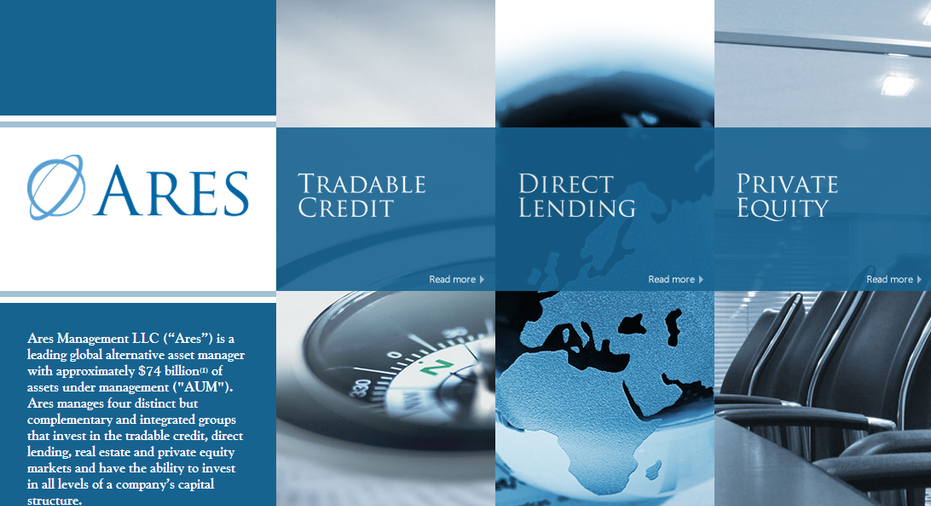What Happened to the IPO Boom?

The U.S. market was off to the strongest start since the year 2000, with 99 pricing so far this year. But this week is set to be the weakest IPO period in two months.
Just three small IPOs are planned for this week, expecting to raise $130 million, compared to $1.8 billion raised last week and $4.4 billion the week before, according to Dealogic.
Companies looking to go public may be hesitant because the average first-day IPO performance has declined in recent weeks. While the average first day pop for the month of March was 23%, it has been 9% for April. Last week’s IPOs saw share prices rise an average of 6%.
Share prices have also been lower. “Every IPO over the last two weeks was priced below the midpoint of the range making companies hesitant to move forward in this more selective IPO market," Kathleen Smith, principal at IPO investment advisory firm Renaissance Capital, says. “And market participants are focused on the upcoming Alibaba IPO - possibly the biggest ever.”
Yet there is still a lengthy list of companies looking to go public, when the timing is right. “While we've seen a slight lull recently, we expect the IPO momentum to continue. The economy is strong and volatility is low,” Jackie Kelley, Ernst & Young Global Leader, says.
A biotech boom has caused healthcare to see the most IPOs this year, with 40 raising $3 billion. Technology has seen 19 IPOs, with a volume of $5 billion. The finance sector has had 14 companies go public, for a total of $6.3 billion.
The Nasdaq has held 58 IPOs and the New York Stock Exchange has had 38 companies go public this year.
Next week, Ares Management is expected to go public, raising $400 million at the midpoint of the range. The Papa Murphy’s pizza chain is expected to raise $70 million.



















